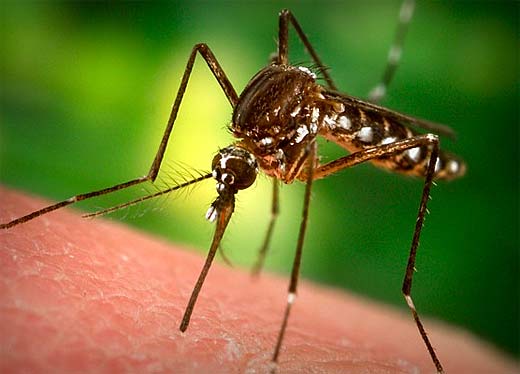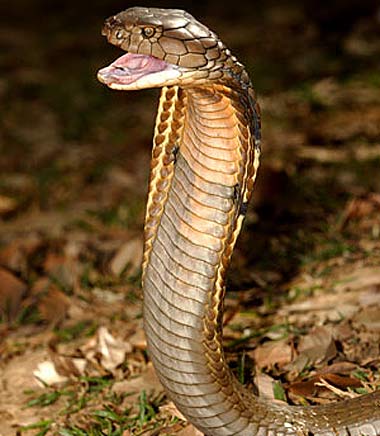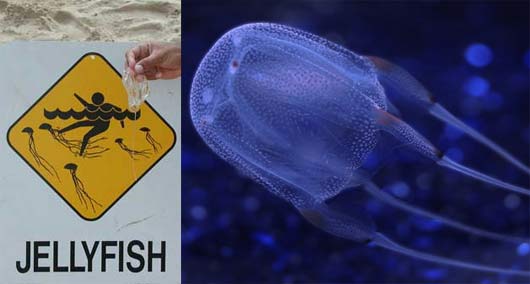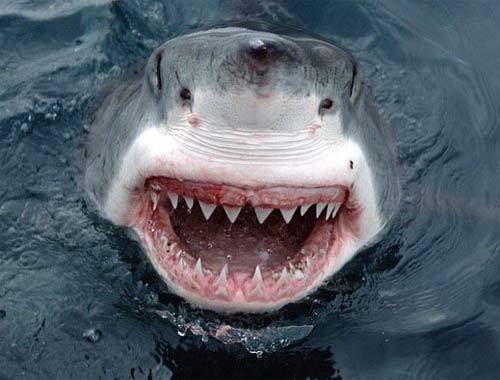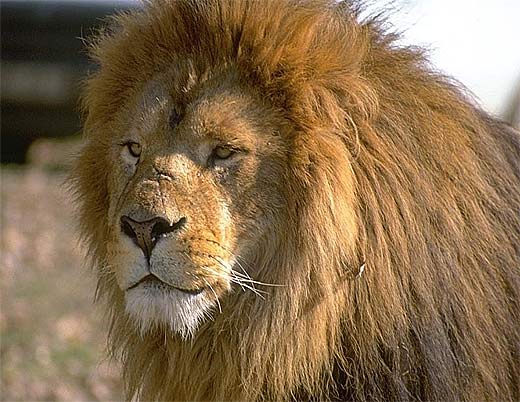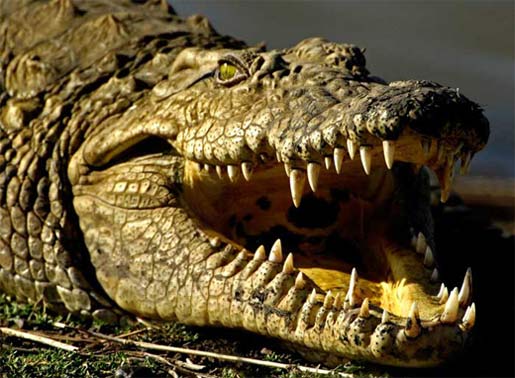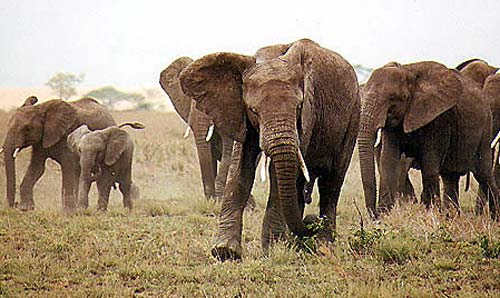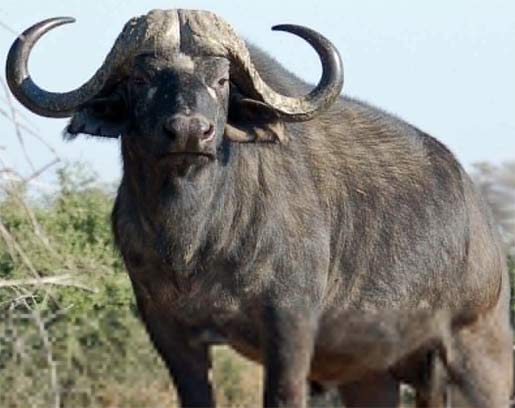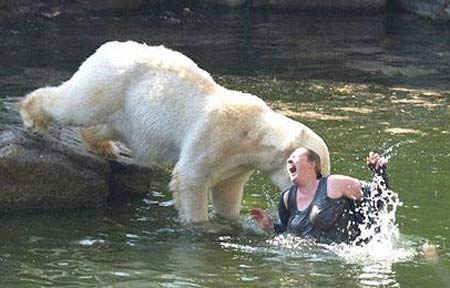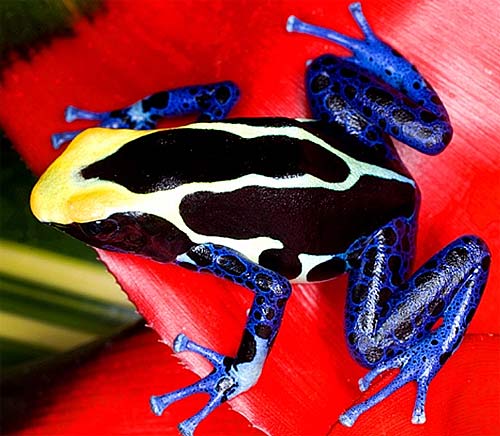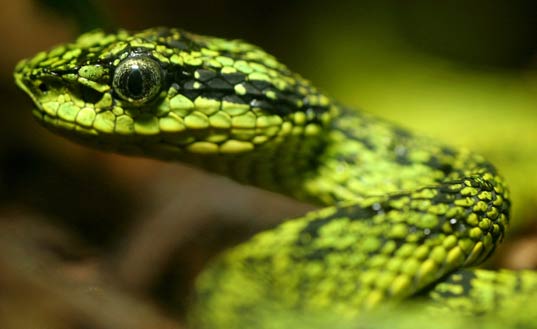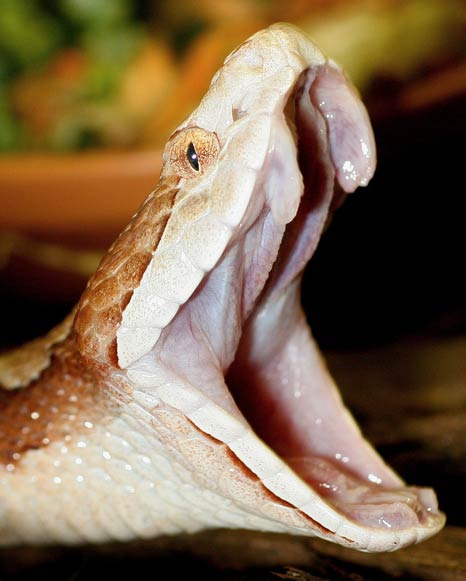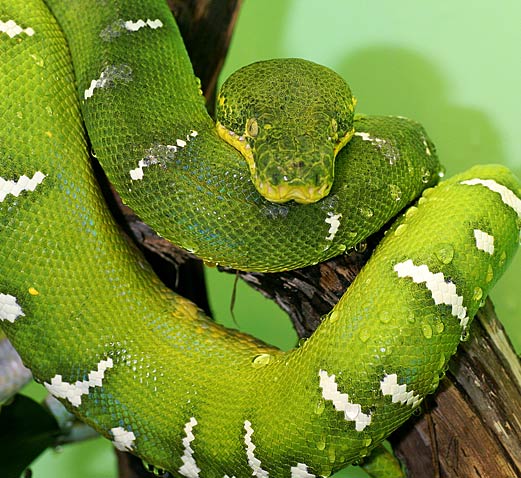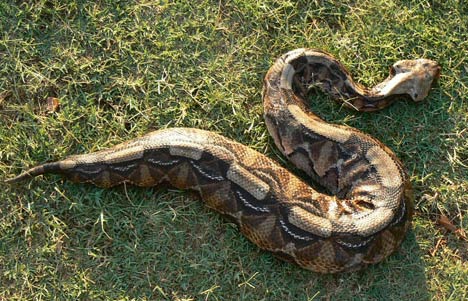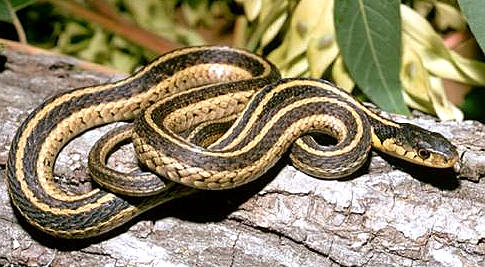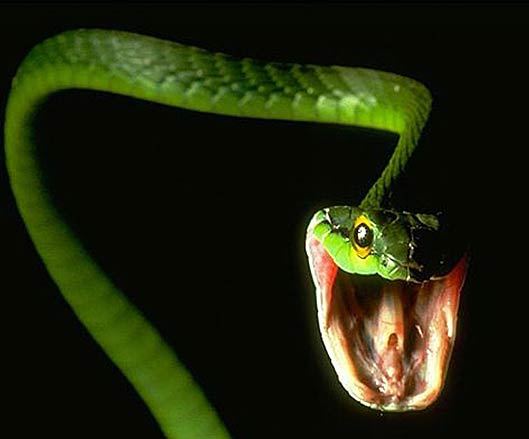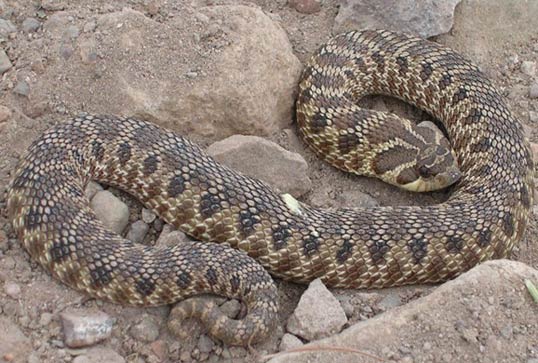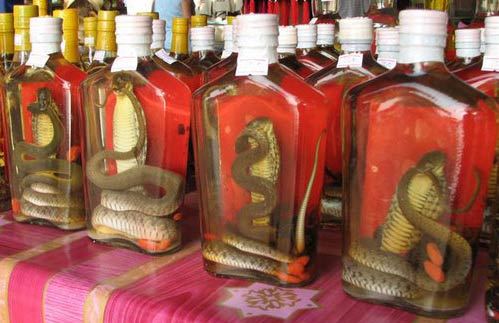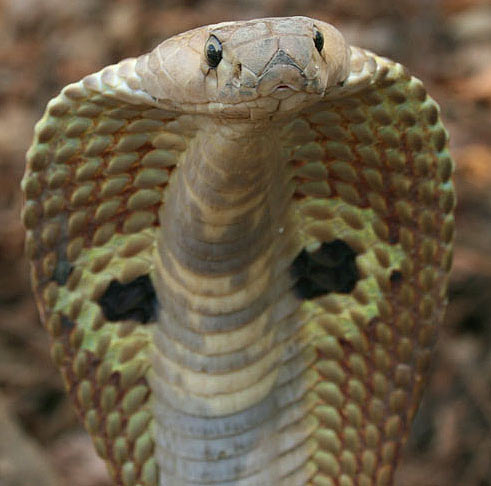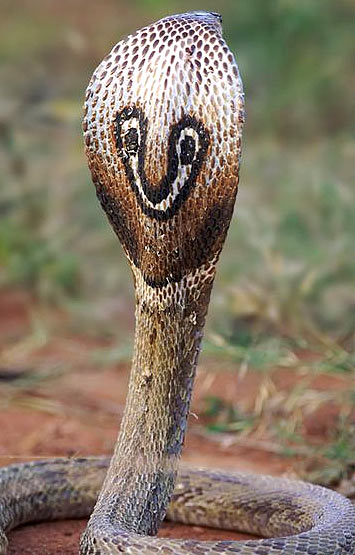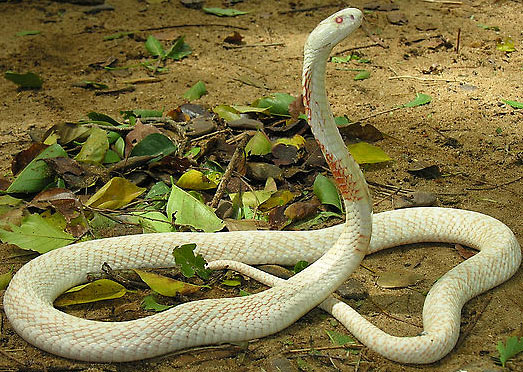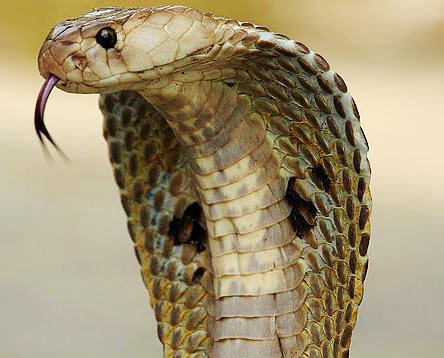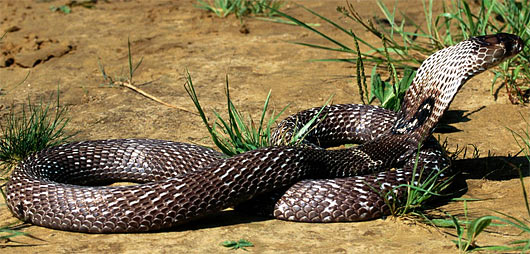Here are some of the deadliest animals on the planet. Many people might have different opinions about which animal in particular is the deadliest but in the differentenvironments, elements and situations each has its dangerous properties. What is considered here is the number of deaths worldwide caused by encounters with these animals. Luckily most of us are not in danger of coming across most of these animals too often (except for mosquitos). We are leaving out of course the most dangerous species of all - humans!
Starting off with the insect kingdom we have the mosquito which brings death not immediately but by way of contagious disease, kiling 2 million people a year by passing along malaria and other unsavory ailments.
The Asian
cobra and the people who live in its range have the misfortune of frequent encounters. This leads to many venomous bites and more than 50,000 deaths a year.
The Australian
box jellyfish has the stingers that pack a terrible toxic punch for unfortunate
swimmers.
One of your favorite predators the great white shark has classic attributes of being large, fast and having a zillion razor sharp teeth.
Another classic predator, the lion, is also large, fast, and equipped with sharp teeth and claws.
Next, almost a mix between
the shark and the lion, combining jaws and teeth on the land and in the water - the
crocodile.
One you might not have thought of is the elephant, who when angry is not afraid to use its status as largest land mammal to enforce the rule of the animal world.
The cape buffalo, also no pipsqueak (weighing 1500 lbs), and also residing in African savanah land may destroy whatever comes in its path especially a large stampeding herd.
And other large and in charge animal is the
polar bear who is not always so friendly especially if something comes between a female and her cub.
The
stonefish hides in the
reef with its camouflage and deadly venomous spines.
 Sathsang with Sadhguru (English)16 Aug 2012Kuala Lumpur, Malaysia
Sathsang with Sadhguru (English)16 Aug 2012Kuala Lumpur, Malaysia An Evening with Sadhguru (English)17 Aug 2012Malaysia
An Evening with Sadhguru (English)17 Aug 2012Malaysia Sathsang with Sadhguru (English)18 Aug 2012Singapore
Sathsang with Sadhguru (English)18 Aug 2012Singapore Inner Engineering with Sadhguru24 - 26 Aug 2012Chennai, India
Inner Engineering with Sadhguru24 - 26 Aug 2012Chennai, India Yantra Ceremony31 Aug 2012Isha Yoga Center, Coimbatore, India
Yantra Ceremony31 Aug 2012Isha Yoga Center, Coimbatore, India Inner Engineering with Sadhguru12 - 14 Oct 2012Detroit, MI, USA
Inner Engineering with Sadhguru12 - 14 Oct 2012Detroit, MI, USA Bhava Spandana18 - 21 Oct 2012Isha Institute of Inner-sciences, McMinnville, USA
Bhava Spandana18 - 21 Oct 2012Isha Institute of Inner-sciences, McMinnville, USA INSIGHT: The DNA of Success with Sadhguru and Dr. Ram Charan29 Nov - 2 Dec 2012Isha Yoga Center, Coimbatore, India
INSIGHT: The DNA of Success with Sadhguru and Dr. Ram Charan29 Nov - 2 Dec 2012Isha Yoga Center, Coimbatore, India Inner Engineering with Sadhguru(English)18 - 20 Jan 2013New Delhi , Delhi, India
Inner Engineering with Sadhguru(English)18 - 20 Jan 2013New Delhi , Delhi, India